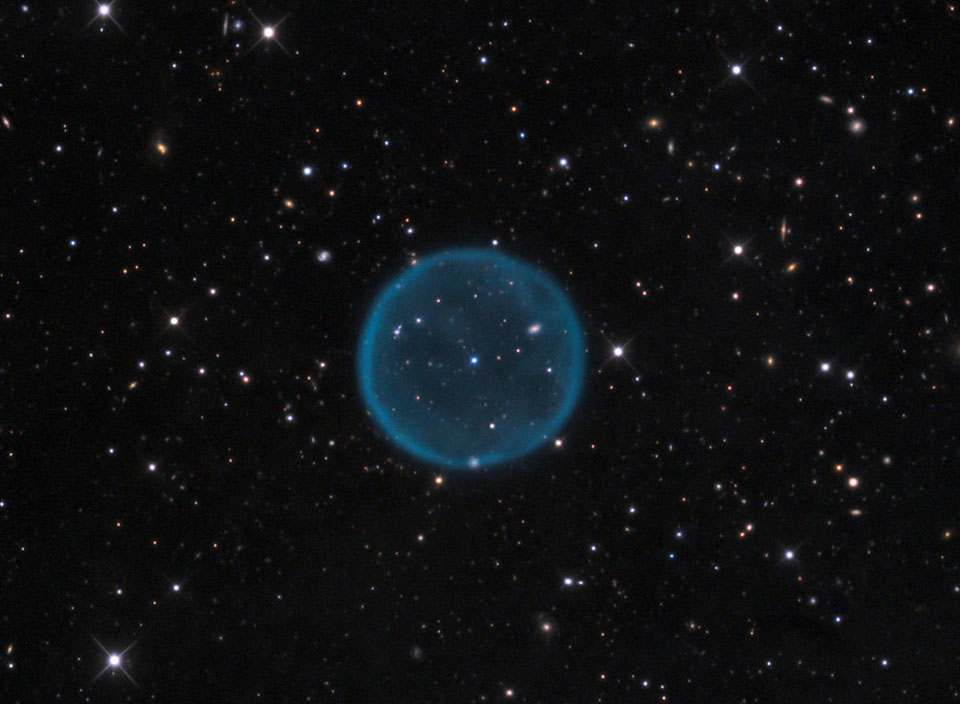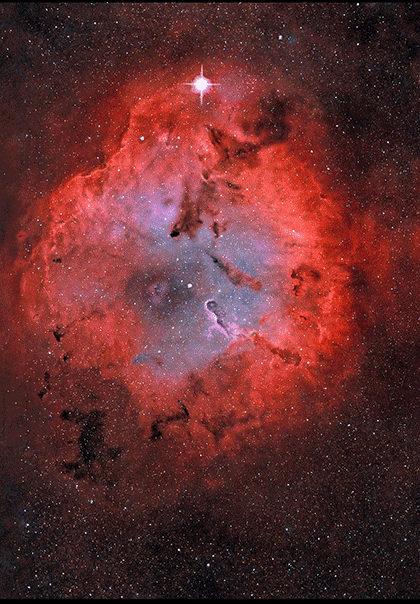https://lh6.***BROKEN***/-s7N9oEUQaWA/UHP9w90dD7I/AAAAAAAAAhA/sJjqfkpFlgQ/s675/554479_10151138209619585_92873443_n.jpg
Air-powered urban commuter car by TATA motors. The 'airpod' seats three passengers, using compressed air rather than traditional fuel for a zero-emissions ride.
https://lh3.***BROKEN***/-ruLnXEpfxsM/UHPaYgofrlI/AAAAAAAAs34/4PNqCzRws9M/s480/253103_453506744687559_1721520129_n.jpg
https://lh6.***BROKEN***/-_asliqpJ-74/UHQKbijWRGI/AAAAAAAAPiA/zhuOot6pRjA/s520/stormtrooper_beatles_pose.png
https://lh5.***BROKEN***/-2y553UaJlJ4/UHQFsxzyrGI/AAAAAAAALa4/inwJ0s1Q3OI/s1013/super-moon.jpg
Huge plume of Saharan dust blowing off western Africa was glimpsed Monday by our Aqua satellite.
https://lh6.***BROKEN***/-SA6Y12GhUdg/UHQcbJaNKlI/AAAAAAAA8wI/e-7EQItDYEk/s853/wafrica_amo_2012282_lrg.jpg
This image may not look that spactacular, but it is. Matter of fact, it's quite wacky and very cool.

The discovery of a star with spiral arms in 2011 startled researchers using the Subaru telescope in Hawaii. The star, SAO 206462, is more than four hundred light years from Earth in the constellation Lupus, the wolf. Two spiral arms, acquired by the Subaru Telescope and its HiCIAO instrument, emerge from the gas-rich disk around SAO 206462. This image is the first to show spiral arms in acircumstellar disk --some 14 billion miles across, or about twice the size of Pluto's orbit in our own solar system.
Researchers strongly suspected that new planets might be coalescing inside the disk, which is about twice as wide as the orbit of Pluto. But when they took a closer look at SAO 206462 they found not planets, but arms. Astronomers have seen spiral arms before: they’re commonly found in pinwheel galaxies where hundreds of millions of stars spiral together around a common core. Finding a clear case of spiral arms around an individual star, however, is unprecedented, The arms might be a sign that planets are forming within the disk.
https://lh5.***BROKEN***/-4PYxHxgCS0c/UHQB0OoUqzI/AAAAAAAAGTM/N6jreo4YwnU/s800/6a00d8341bf7f753ef016767af0b08970b.jpg
btw, I highly recommend you click on these images. They will pop out in full size and you can see much better detail.
Explanation: It's easy to get lost following the intricate filaments in this detailed mosaic image of faint supernova remnant Simeis 147 (S147). Also cataloged as Sh2-240, it covers nearly 3 degrees or 6 full moons on the sky. That's about 150 light-years at the stellar debris cloud's estimated distance of 3,000 light-years. Anchoring the frame at the right, bright star Elnath (Beta Tauri) is seen towards the boundary of the constellations Taurus and Auriga, almost exactly opposite the galactic center in planet Earth's sky. This sharp composite includes image data taken through a narrow-band filter to highlight emission from hydrogen atoms tracing the shocked, glowing gas. The supernova remnant has an estimated age of about 40,000 years, meaning light from the massive stellar explosion first reached Earth 40,000 years ago. But the expanding remnant is not the only aftermath. The cosmic catastrophe also left behind a spinning neutron star or pulsar, all that remains of the original star's core.
https://lh4.***BROKEN***/-8455bk1PyZg/UHQA-sc5LaI/AAAAAAAAGSo/D_1am_w7G2c/s1016/mbp_2011-11_Simeis147Andreo.jpg
Bourtange Star Fort in Groningen, Netherlands
https://lh4.***BROKEN***/-DWMPoDA4eX0/UHPPOIFXchI/AAAAAAACG08/bqyb3e5mQY0/s500/bourtange-star-shaped-village.jpg
https://lh3.***BROKEN***/-C2Vprtzv6hg/UHMiwWMn4-I/AAAAAAAAvik/MH7oiZXN0UY/s720/12+-+1



























